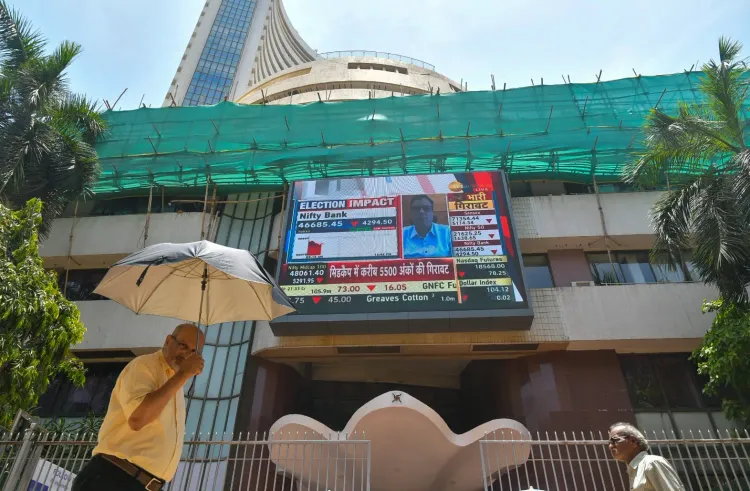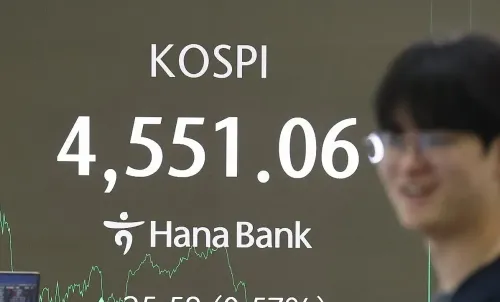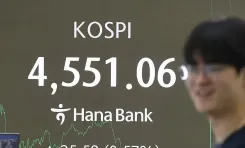Did the Stock Market End on a High Note? Bank Nifty Reaches 57,000!

Synopsis
Key Takeaways
- Bank Nifty reached a new all-time high of 57,000.
- Sensex and Nifty closed positively.
- Midcap and smallcap stocks outperformed large caps.
- Financial stocks benefited from RBI's supportive policies.
- Sector indices showed overall positive performance.
Mumbai, June 9 (NationPress) The Indian stock markets concluded positively on the initial trading day of the week, with Bank Nifty achieving a remarkable new all-time high of 57,000 on Monday, indicating robust sentiment and momentum within the banking sector.
The Sensex finished up by 256.22 points or 0.31 percent, reaching 82,445.21, while Nifty rose by 100.15 points or 0.40 percent to close at 25,103.20.
Midcap and smallcap stocks experienced gains compared to large caps. The Nifty Midcap 100 index surged by 664.65 points or 1.13 percent, landing at 59,674.95, and the Nifty Smallcap 100 index increased by 290.95 points or 1.57 percent, finishing at 18,873.40.
Sector-wise, indices for auto, IT, PSU banks, financial services, pharma, metal, and media all closed positively, while only the Nifty Realty index saw a decline.
Notable gainers in the Sensex included Kotak Mahindra Bank, Bajaj Finance, Axis Bank, Power Grid, IndusInd Bank, Maruti Suzuki, Bajaj Finserv, NTPC, TCS, and Tata Motors. Conversely, Eternal (Zomato), ICICI Bank, Titan, M&M, and Tata Steel were among the top losers.
Financial stocks continued their upward trend in the Indian markets, propelled by the RBI’s supportive aggressive stance regarding rate and CRR cuts.
“These measures have elevated investor confidence and are anticipated to boost liquidity in the near to medium term, particularly in midcaps. The favorable US jobs data and renewed hope regarding US-China trade discussions have uplifted global sentiment. Domestically, even large caps displayed renewed strength fueled by FIIs inflows,” stated Vinod Nair, Head of Research at Geojit Investments Limited.
Nifty Bank achieved a fresh record high of 57,049, marking a significant milestone and confirming a decisive breakout from its month-long ascending triangle pattern.
“This upward movement follows several unsuccessful attempts and breaks through the previous congestion zone with strong conviction,” remarked Om Mehra from Samco Securities.
Analysts believe that the index remains securely positioned above all crucial moving averages. The daily Relative Strength Index (RSI) stands at 69, while the weekly RSI is at 68, indicating sustained strength without reaching overbought levels. The recent bullish divergence on the RSI adds further credibility to this upward trend.










